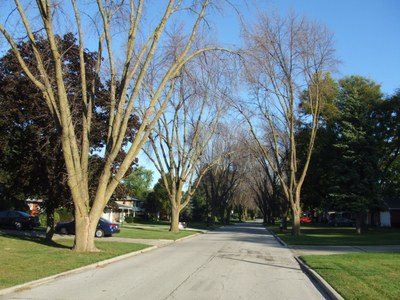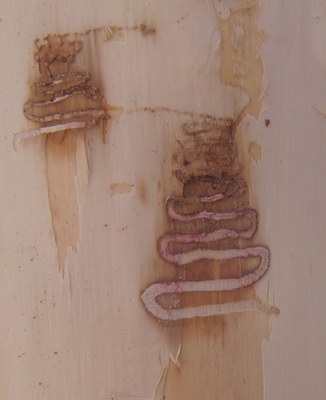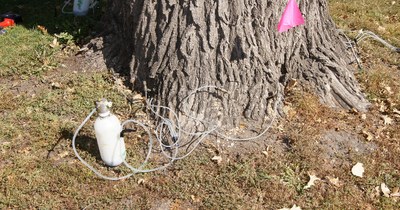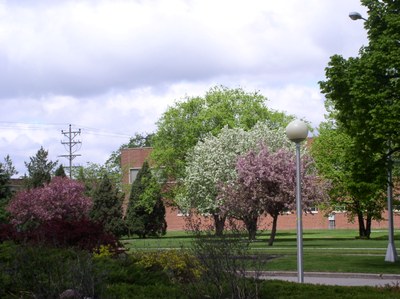Options for dealing with a confirmed EAB infestation
Treatments
There are several insecticide treatments that are available for EAB. However, treatments are effective only for individual trees, not for entire forests. Additionally, treatments can be expensive and must be continued throughout the life of the tree, or as long as a local infestation persists – 10 to 20 years. Tree owners must balance the costs of treatments, the long-term benefits of those individual trees, with the costs of removal and replacement trees, and the benefits that the new trees will provide.
We don’t recommend treating trees unless EAB has been found within 15 miles of your location. On its own, EAB spreads about a half-mile per year, with a maximum of 10 miles. More information about insecticide treatments is available in the NDSU Extension publication Emerald Ash Borer: Biology and Integrated Pest Management in North Dakota.
Many effective products are available to homeowners, though the most effective products are those that injected into the stems of the trees, often with specialized equipment used by professionals. Costs are highly variable.
Tree injection system.
Tree Removals
If you decide to remove one tree, or many, we recommend that you check the credentials of prospective tree-care companies, ensuring that they have a North Dakota Contractor’s License and maintain appropriate insurance. The International Society of Arboriculture (ISA) maintains a list of individuals who have earned their Certified Arborist credential
There is no single list of tree-care companies in North Dakota. In Minnesota, you can search the Tree Care Registry.
Replacements
Green ash (scientific name Fraxinus pennsylvanica) is the most common tree species in North Dakota. In some communities, green ash makes up more than half of the tree canopy. Diversification of the urban forest, as well as shelterbelts and other conservation plantings is critical.
See the ND Tree Selector to learn more about potential tree species that can be used to replace green ash. A specific focus on elm trees can be found in the NDSU publication Elms for North Dakota.
Diverse tree planting.



